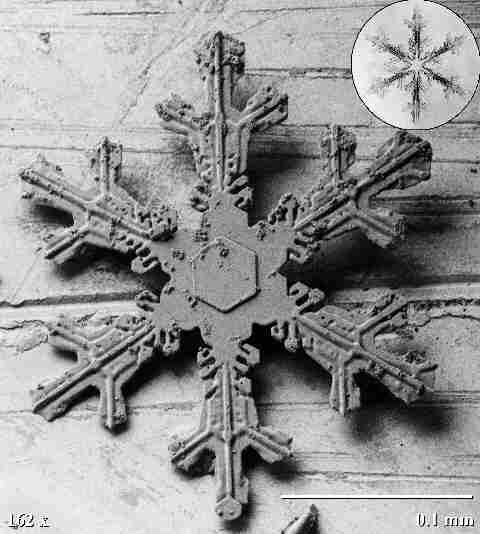 SNOW HYDROLOGY (GEOG 4321): HOMEWORK ASSIGNMENT 4
SNOW HYDROLOGY (GEOG 4321): HOMEWORK ASSIGNMENT 4  SNOW HYDROLOGY (GEOG 4321): HOMEWORK ASSIGNMENT 4
SNOW HYDROLOGY (GEOG 4321): HOMEWORK ASSIGNMENT 4
Year Saddle D1 (year) (mm) (mm) ---- ---- ---- 1986 1117 0908 1987 1790 1271 1988 1497 1055 1989 1827 1074 1990 1877 1037 1991 1269 1213 1992 1985 1502 1993 1544 1159 1994 2683 1568 1995 2955 1231
Wind Catch Speed Ratio (m/s) (fraction) ---- ---- 1.6 1.00 1.75 0.91 2.5 0.59 2.7 0.58 8.2 1.23
Pa = K * Pg Pa = adjusted precipitation Pg = gauge-measured precipitation K = 1/CR, adjustment factor for wind-induced error CR = catch ratio of the gauge CR = alter shield and snow = exp (0.0055-0.133Ws) CR = no shield and snow = exp (-0.251-0.176Ws) Ws = Wind speed (m/s) at gauge opening CR = HAS NO UNITS, SINCE WE ARE CALCULATING A RATIO note: exp(x) = ex